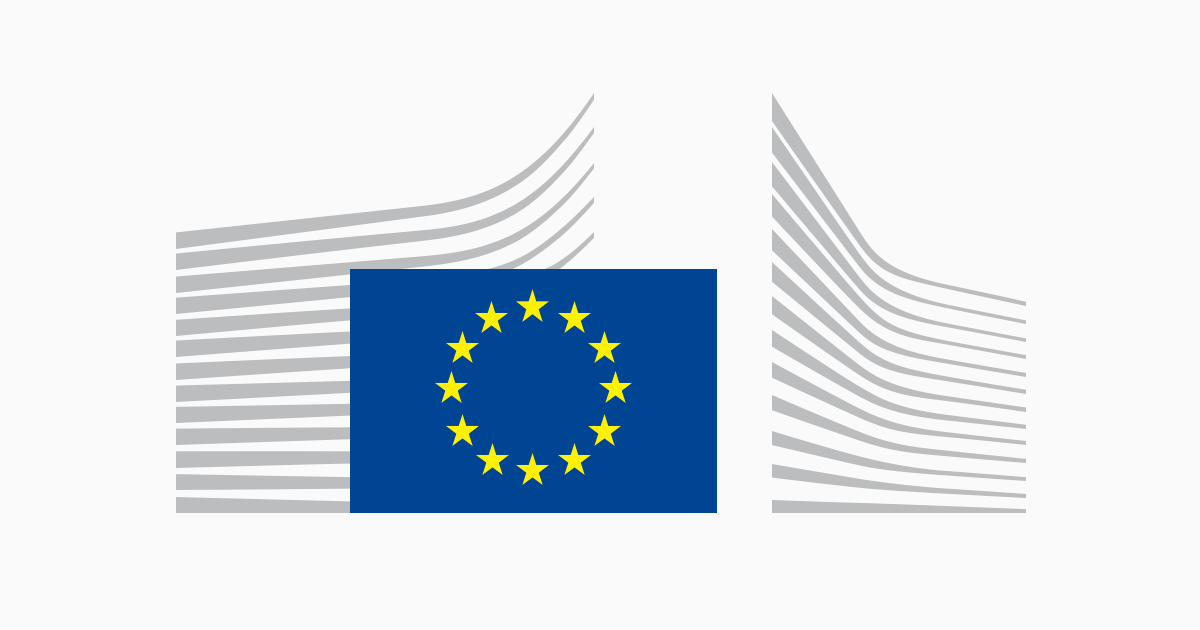Three programmes (Horizon Europe, the Innovation Fund and the Connecting Europe Facility) work together to support decarbonisation in the North of France. An innovative process of carbon capture from industrial activities is demonstrated by the 3D project co-funded by Horizon 2020. It combines partners from research and industry and explores validation of replicable technical solutions at a steel industry in the port of Dunkirk.
The K6 project, funded by the Innovation Fund, will transform one of the oldest cement plants in Europe, situated in Hauts de France. The project will deploy a first-of-a-kind industrial-scale combination of an airtight kiln and cryogenic carbon capture technology. The captured CO2, otherwise emitted in the atmosphere, will be stored in a permanent storage site in the North Sea (this part of the technology chain falls outside the Innovation Fund project).
Finally, these two projects will be key in supporting the development of a strategically important CO2 export hub in the port of Dunkirk, which is supported by the CEF Energy programme under the D’Artagnan project. This project develops a CO2 export multimodal open access hub in Dunkirk, and it is a Project of Common Interest (PCI) under the Trans-European Networks for Energy (TEN-E Regulation), potentially expanding this value chain and logistic solution to other emitting industries.
Waterborne
Projects funded by Horizon Europe and CEF Transport address the need for reducing CO2 emissions and air pollution from waterborne transport by testing and deploying new technological solutions for 100% electrically powered vessels.
E-Ferry is an H2020 innovation project developing and testing an electric ferry with the world’s largest battery, allowing it to travel further than existing electric ferries before needing to be recharged. Zero Emissions Ferries is a CEF Transport project that converted two existing complex roll-on/roll-off passenger ships – originally fuelled by heavy oil – to electric powered operation exclusively using batteries. The required power provision and charging installations in the ports/ferry terminals were also realised as part of the project.
